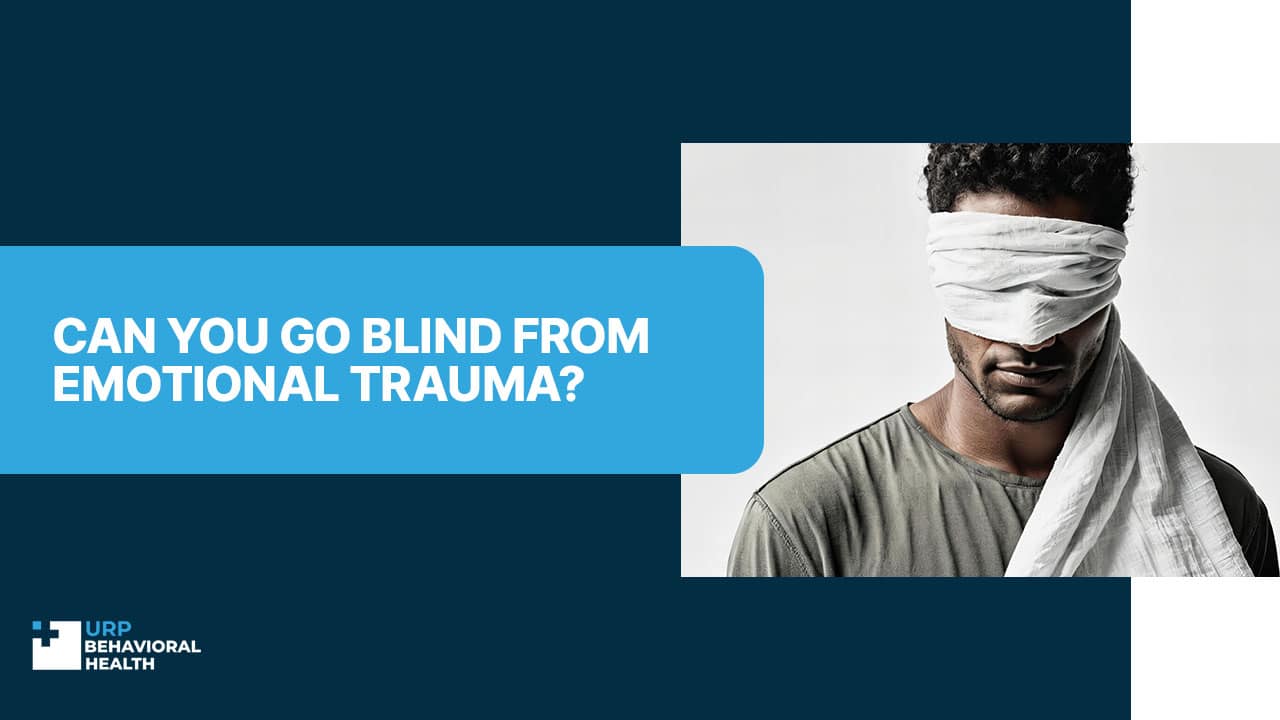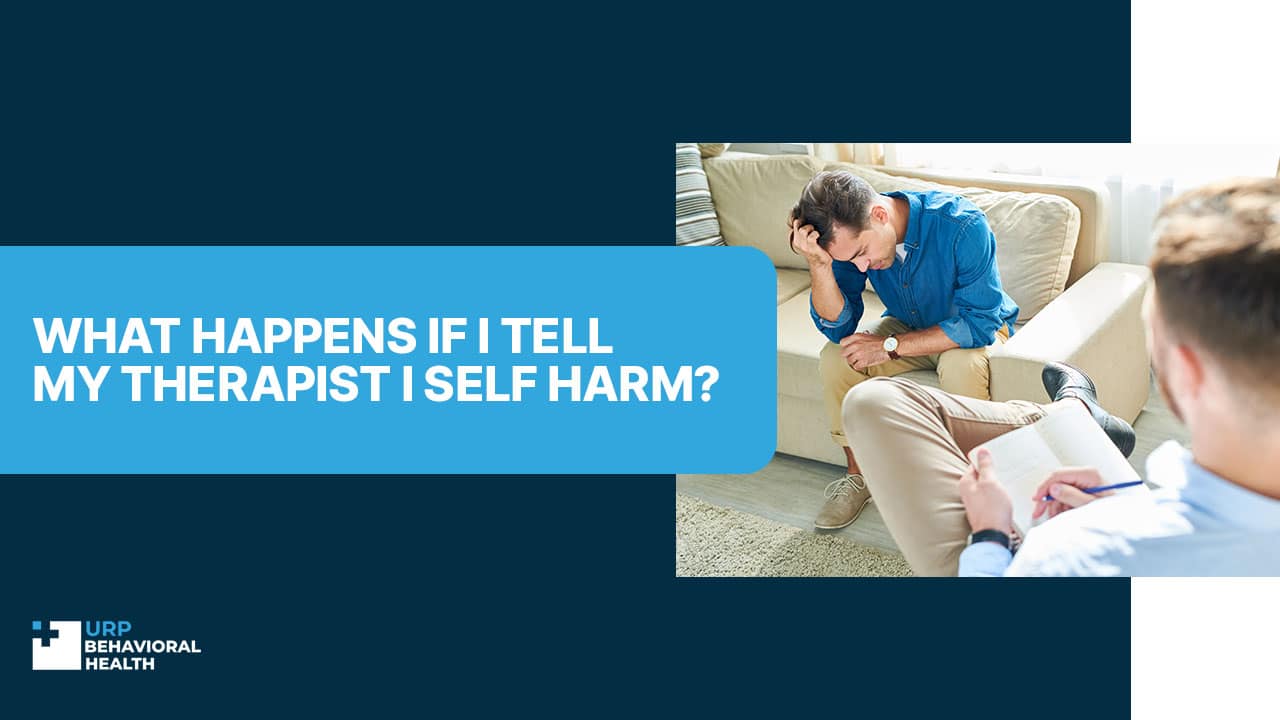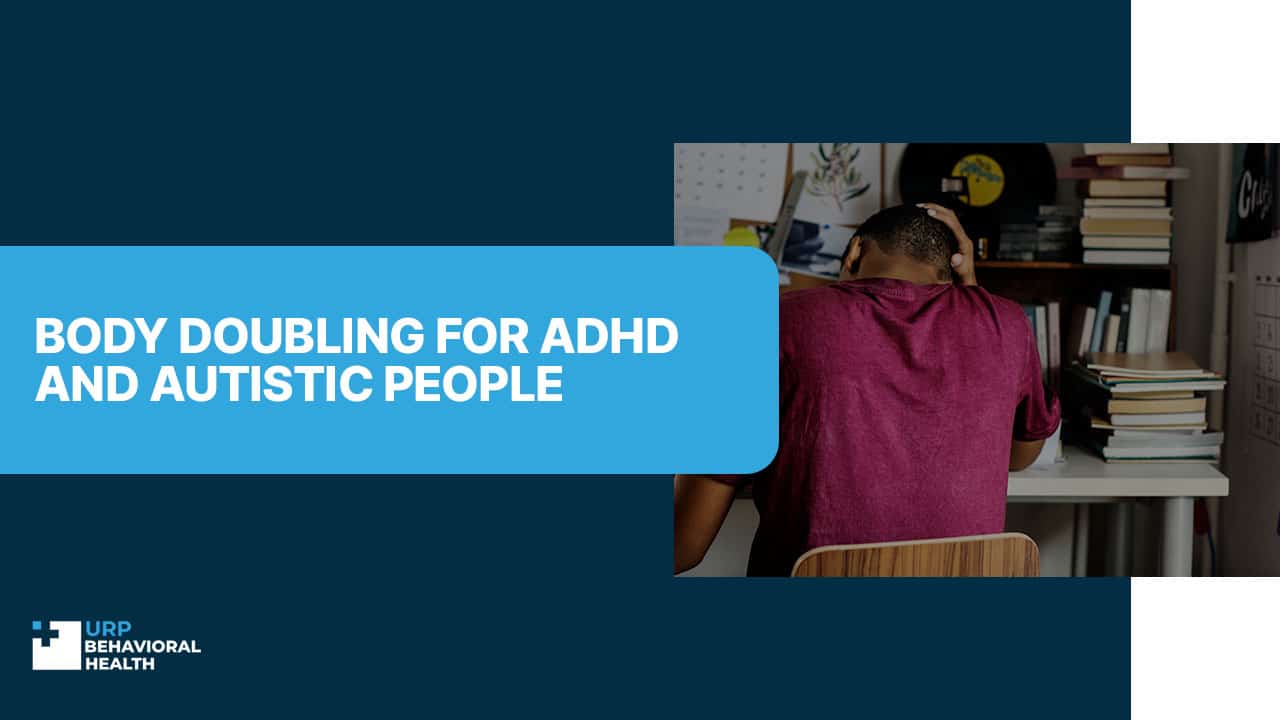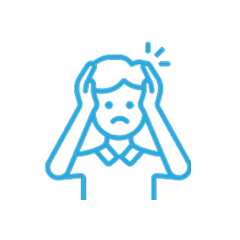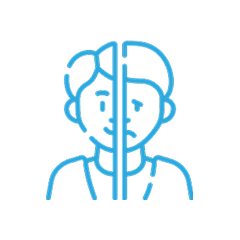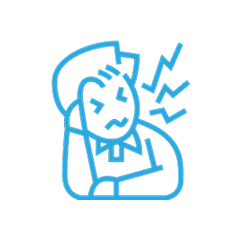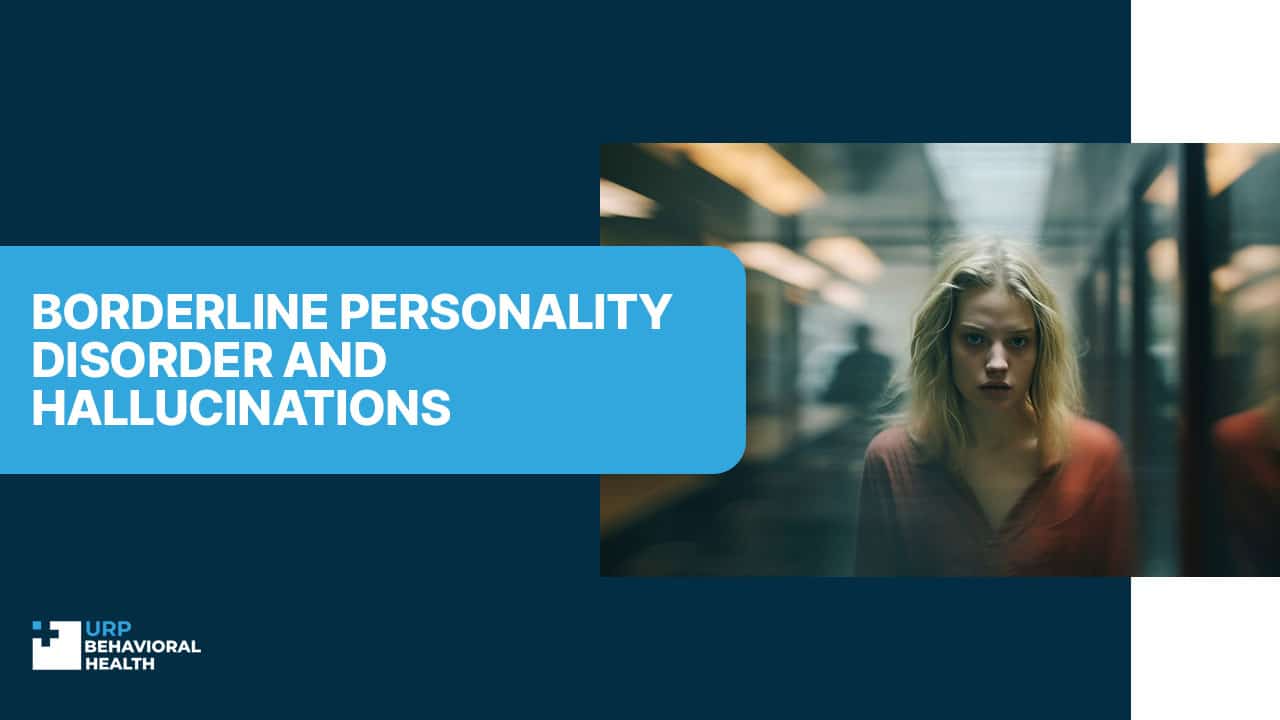
Borderline Personality Disorder and Hallucinations
Although borderline personality disorder is primarily characterized by impulsive behavior and relationship dysfunctions, in its severe cases, it can be accompanied by more complex issues. Balancing between psychosis and neurosis, BPD features symptoms of both these mental disorders. Often, patients with diagnosed BPD complain about dissociation from reality and their selves, which also can be accompanied by delusions and false reality impressions. In this article, the focus is on the correlation between borderline personality disorder and hallucinations. Do people with BPD have hallucinations? Why do they emerge? Which type of delusions a BPD patient can experience, and how to cope with them?
BPD and Hallucinations: Is There a Comorbidity?
Hallucinations are typical symptoms of several mental disorders. Usually, in ubiquitous life, they are strongly associated with schizophrenia or delirium issues, but that’s not all cases of their emergence. Scientific research proved that 26% to 54% of people with borderline personality disorder experienced psychotic symptoms like hallucinations or delusions at least once in their lives. At the same time, previously, hallucinations in borderline personality disorder were not considered to be typical. They were mostly stigmatized and ignored. Moreover, even today, these psychotic experiences are not included in the list of decisive BPD symptoms by DSM 5 and CIM-10 manuals [1].
Why so, you may ask? The reason is in the essence of BPD, which results in impulsive behavior of patients and their tendency to attract as much attention and care as possible. That’s why even the healthcare industry often neglects hallucinations in these patients, claiming them ‘untrue’ or ‘false’.
Yet stats say the following:
- Borderline personality disorder affects over 1.35% of people around the globe [1].
- From 29% to 50% of diagnosed BPD people report auditory-verbal hallucinations. AVH is the most common type of psychotic symptom of BPD [2].
- Mostly, hallucinations in BPD manifest in young adults in intermittent and sporadic patterns. Patients with persistent hallucinating patterns often have comorbid mental disorders.
In any case, BPD and hallucinations are directly correlated because of their similar cause. The hypothesis is, that BPD is triggered by severe stress in childhood or/and parents’ neglect and separation. Hallucination issues are also stress-related, and their emergence frequently is caused by the same trauma. Moreover, patients who experienced emotional child abuse tend to have more frequent episodes than patients who haven’t bypassed child abuse issues [3].
What Are BPD Hallucinations Like?
Typically, patients with borderline personality disorder experience auditory visual hallucinations. Yet, the cases of tactile or smell are also common BPD hallucinations. Mostly, BPD psychotic experiences emerge in young adulthood while in older patients, they are rare. The most common type of them is hearing repetitive phrases or single words. Also, most patients recall that their hallucinations are related to their previous traumatic experience and repeat it in some form.
At the same time, all such issues in borderline personality disorder patients are unique. Some say that hallucinations and delusions are stressful and make their life’s navigation practices complex, if not impossible. Others claim them not to be distressful at all.
Can BPD Cause Hallucinations?
If you ask does BPD cause hallucinations, the answer is positive. It is one of the accompanying symptoms of this disorder, and the latest research showed that the intensity and severity of them in BPD patients have more in common with psychotic disorders than differ from them.
As it was mentioned earlier, childhood traumas caused by emotional abuse trigger these psychotic patterns in BPD patients. One more hypothesis claims the feeling of loneliness and abundance characteristic of borderline personality disorder causes special programs in the brain which result in false social connections and relations that are shaped in the form of hallucinations. That’s why BPD hallucinations are not fake, and they have a strong relation to the roots of this disorder.
Reach out today and let us create a treatment plan designed around your needs.

Types of Hallucinations in Borderline Personality Disorder
Although auditory and visual hallucinations episodes or mixed AVH are more common in borderline personality disorder patients, they are not the one-and-only types. Let’s consider each type in more detail.
BPD Auditory Hallucinations: How Do They Manifest
An auditory hallucination is when a person hears sounds or words no one else can hear. Typically, in BPD, these are repeating words or sentences that are pronounced by an unknown voice. Sometimes, this type can manifest in some natural sounds and noises. Often, these sounds relate to previously experienced trauma or are associated with it.
BPD Smell Hallucinations in Their Essence
Up to 17% of BPD-diagnosed people experience so-called olfactory hallucinations [4]. These are false smells or odors emerging without reason. Sometimes, they are felt by only one nostril.
BPD Visual Hallucinations in Patients
11% of patients have visual hallucinations episodes which typically are felt like some items moving in the room, some fantastic images or unreal people seen by a patient. Often, they result in some kinds of shadows. This type occurs due to the intense emotional states of patients and mistakes in perceptual sensitivity.
Tactile Hallucinations in BPD-Diagnosed People
15% of persons have tactile hallucinations during BPD episodes. This type is quite diverse as it can manifest in unusual false tastes and in specific tactile feelings on or even under the skin.
Some Conclusions About Borderline Personality Disorder Hallucinations
Although hallucinating episodes are not the #1 symptom of BPD, they are quite frequent. Visual and audio-visual hallucinations occur in 29%-50% of diagnosed patients. Other types are also quite common. They are diverse in their intensity as they can be regular or persistent, stressful or pleasure-bringing, but they impact life quality and socialization.
Today, for successful treatment, a combination of methods is involved. In URP Behavioral Health, doctors provide patients with custom-tailored methods of cognitive-behavioral therapy combined if needed with antipsychotic medications, interpersonal therapeutic methods, and life skills training. This results in an overall life quality increase, ease of life navigation for borderline personality disorder patients, and higher integration into society. Living a happy life with BPD is real when you timely apply for the care and support of qualified specialists.
Our team will verify your insurance and design a plan tailored to your needs.

Resources:
- https://ichgcp.net/clinical-trials-registry/NCT03519035
- https://www.sciencedirect.com/science/article/pii/S2352250X20301111
- https://www.ncbi.nlm.nih.gov/pmc/articles/PMC9005124/
- https://www.ncbi.nlm.nih.gov/pmc/articles/PMC9005124/#:~:text=For%20example%2C%20a%20recent%20study,and%208%25%20for%20gustatory%20hallucinations.

